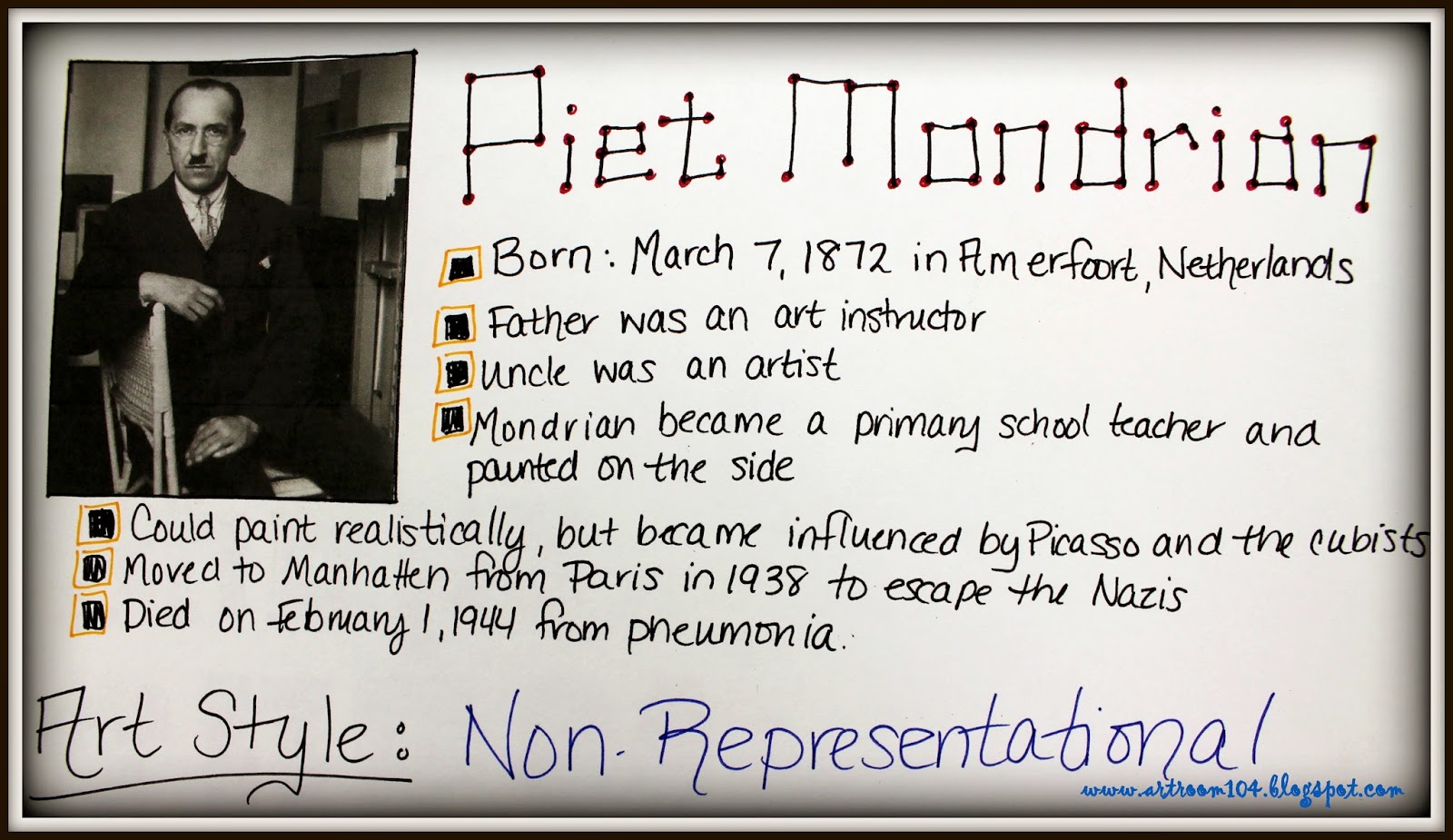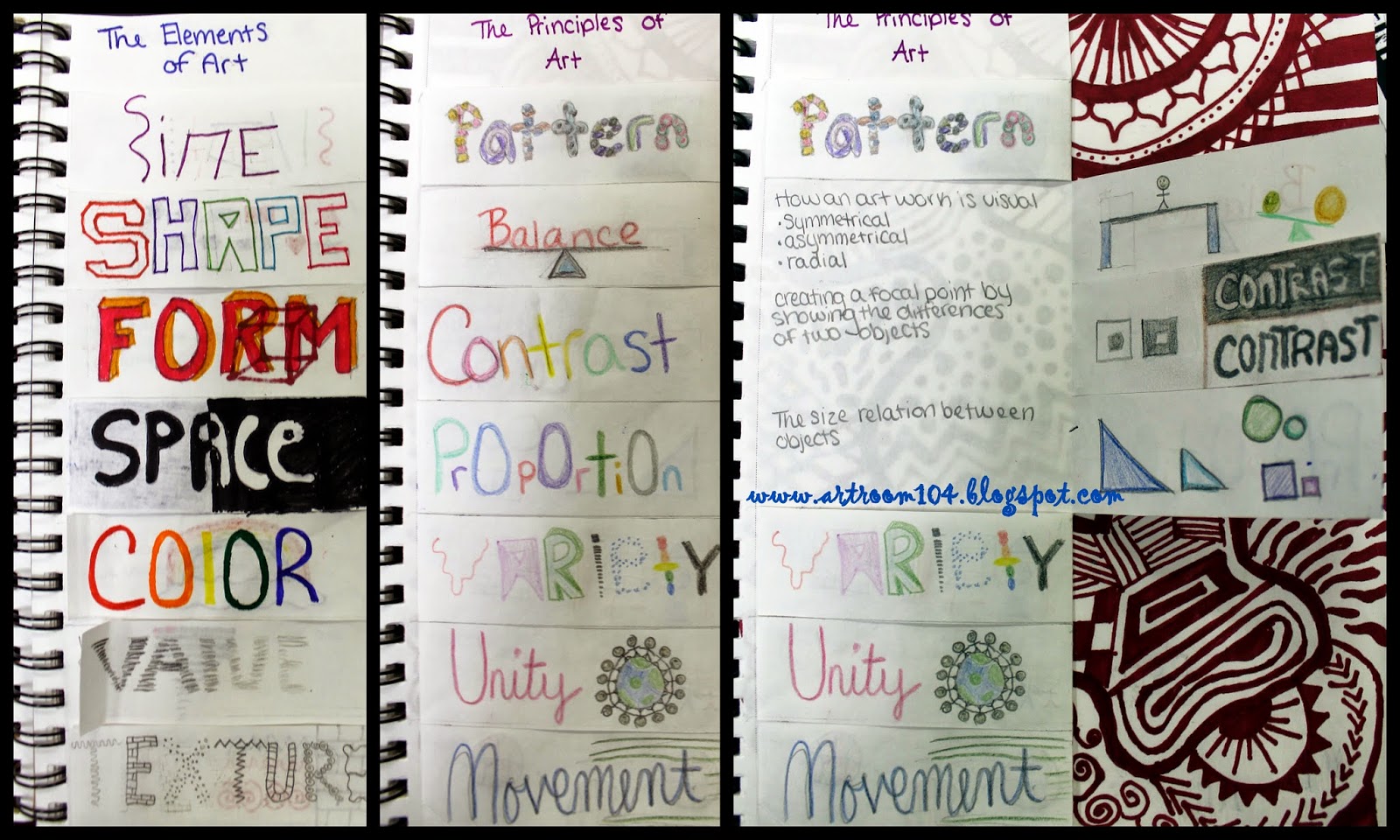This project has turned into a three day project. It probably could have been squeezed into two, but the students were actually taking their time to cut and glue the pieces that I didn't want to rush them! Here is what we did in the first two days.
On day one, we reviewed the primary and secondary colors. They learned this in the beginning of kindergarten last year and periodically reviewed it through the year. Each student received three pieces of Manila tag board and wrote their names on the back. I held up yellow and blue paint, asked the students to share at their tables what color they thought those would make when mixed, and then went around to each student and put a squirt of each color on their paper.
The students then had to mix the paint on their paper while painting the entire thing. This was also a great review right out of the gate on how to paint properly with tempera paint...no banging the brushes on the side of the water container (wipe on a tissue or paper towel), periodically dip your brush in water to help make the paint spread easier on the paper, etc. etc. We repeated this until we had painted an orange, purple and green paper.
Purple is always a hard color to mix. I found that when the students used the fluorescent blue and red, the purple was really pink, which you can see in the pictures below. With another class, I gave the fluorescent red and regular blue tempera and the purple turned out darker, like my purple in the picture above.
On the second day, I demonstrated how to cut thin, tall rectangles out of the green paper to make grass. I had students glue a row of grass onto the purple paper. Next, I asked them to cut out a small, medium and large pumpkin out of the orange paper. We discussed a little bit about how pumpkins can be different shapes...not always perfect circles...to ease their minds about not being able to cut a perfect circle. We glued these on next. (If I had more time with the students and had thought about it sooner, I would have incorporated the book, Spookley the Square Pumpkin...it's a super cute book and there is even a cute, video version of the book.)
Lastly, I asked students to cut out more grass and I showed them how to put grass on top of the pumpkins and behind them to make it look like the pumpkins are sitting in tall grass.
I don't usually start the first project of the year in 1st grade with paint, but I must say that I am extremely happy with the results so far. This project doesn't require detailed painting so it's a great way to review how to paint with tempera from last year (no banging brushes, swish to rinse, no bad hair days, etc.). It's also an awesome review for scissor safety and for using dots of glue instead of globs. :)
Lots of students asked to be able to put eyes and a mouth on their pumpkins. Since 99% of the school population in my district does participate in Halloween events, I can and will allow it. I won't require it however, in case someone doesn't celebrate Halloween or simply does not want to add eyes and a mouth. I even had a student ask if he could make the eyes on his pumpkin yellow so that it looked like a glowing jack-o-lantern!




































